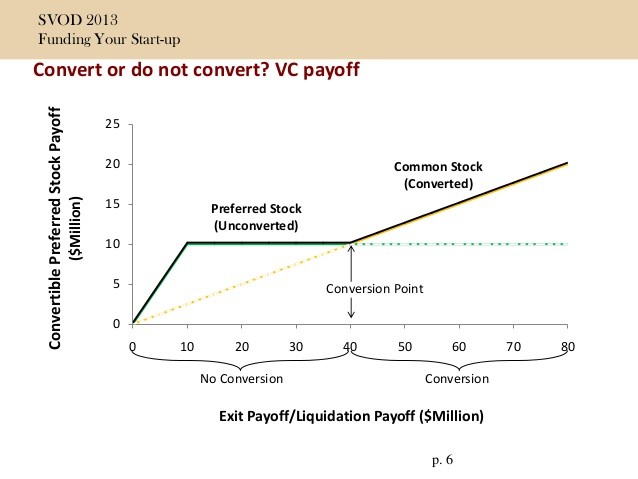Choosing Preferred Stock Funds
Post on: 30 Июнь, 2015 No Comment

NEW YORK ( TheStreet ) — Many preferred stocks yield more than 6%, enticing investors to race into the securities and bid up their prices.
Mutual funds that invest in preferred stocks have posted double-digit returns over the past year. The Cohen & Steers Preferred Securities and Income Fund (CPXAX ) has returned 12.9%, compared with 4.7% for the Barclays Capital Aggregate Bond Index. according to Morningstar.
Other mutual funds that have returned more than 11% include Principal Preferred Securities (PPSAX ) and Nuveen Preferred Securities (NPSAX ).
Can the funds continue to deliver double-digit results? Probably not. But there is good reason to believe that preferred stocks will produce solid yields during the next several years.
Like bonds, preferred stocks are issued by corporations and pay fixed yields. But many bonds are considered senior to preferreds. That means that in the event of a company default, bondholders get paid before preferred-stock investors.
As a result, preferreds are considered riskier and pay higher yields than senior bonds.
Preferreds also give higher yields because their maturities tend to be longer. Many issues have maturities of 30 years. Such long bonds tend to yield more than issues with short maturities.
In the past, preferred stocks typically yielded about 130 basis points (1.30 percentage points) more than comparable to Treasuries. But these days the spread is more than 300 basis points.
The spread is wide partly because 85% of preferred stocks are issued by banks, brokers and other financial companies. They have been forced to offer relatively rich yields since the financial crisis shook the confidence of investors.
Markets have not yet embraced the idea that the financial system is recovering, says William Scapell, a portfolio manager for Cohen & Steers.
Scapell argues that the extra yield of preferred stocks provides adequate compensation for the risks. He says the fundamental performance of the big banks has been improving for seven quarters.
The amount of nonperforming loans is declining, and the number of past-due credit-card accounts is approaching normal levels. Tighter regulations are making the banks stronger, Scapell says. Under new rules, the banks must hold more capital. That lowers the risk of preferred defaults.
Tier 1 Capital
Because of changes recently introduced by Congress in the Dodd-Frank Act, many preferred securities may be more desirable than in the past, says Phillip Jacoby, portfolio manager of Principal Preferred Securities.
In the past, banks issued preferred securities in order to raise the so-called Tier 1 capital that regulators required. But starting in 2013, certain preferred shares cannot be used to meet capital requirements. As a result, banks will no longer issue some kinds of preferred shares.
Many companies will gradually call in existing preferred issues and take them off the market. Of the $750 billion in preferred issues, $150 billion are likely to disappear over the next three to five years. The resulting scarcity of issues could make the survivors more valuable.
In addition, many preferred securities are likely to be much steadier investments, says Jacoby.
Consider a 30-year preferred issue. When interest rates rose in the past, the security might have dropped sharply because long issues tend to be volatile. But now the long preferred issues are likely to be called in the next five years.
That means markets will treat the preferred shares like securities with five-year maturities. Those don’t fall much when rates rise. Preferred securities are attractive because you are getting good yields from an asset class that is likely to have lower volatility over the next three to five years, Jacoby says.
Preferred Stock Mutual Funds vs. Preferred Stock ETFs
One of the most popular preferred funds is iShares S&P U.S. Preferred Stock Index (PFF ). a passive ETF that yields 7.3%. With investors pouring into the fund, the portfolio has grown from $2.3 billion in assets two years ago to $8.1 billion now, according to Morningstar. The fund has returned 9.6% annually during the past three years.
While the ETF comes with low fees, many investors may prefer actively managed funds. Several active funds have outdone the ETF, including Nuveen Preferred Securities, which returned 12% annually during the past three years.
Nuveen portfolio manager Douglas Baker says that active funds have key advantages. ETFs track their benchmarks by holding a limited selection of high-quality securities that trade on stock exchanges. In contrast, active funds can roam widely, holding lower-quality issues and institutional shares that don’t trade on stock exchanges. The broader portfolios can enable the active funds to outdo the benchmarks.
Baker’s holdings include preferred shares issued by ING (ING ). the Dutch financial services giant. Although the company’s senior debt is rated investment grade, some of the preferred shares have been rated BB, one step below investment grade.
During the financial crisis, the company received aid from the Dutch government. But Baker says that ING has been raising cash and strengthening its balance sheet. They have made great progress in repaying the aid that they got from the Dutch government, he says.
Baker also likes securities issued by MetLife (MET ). The insurer’s investment portfolio has performed well through difficult markets, he says.
Readers Also Like:
>> 10 AAA-Rated Treasury Bond Alternatives
>> Fearful Americans Hoard Bonds, Dividends














